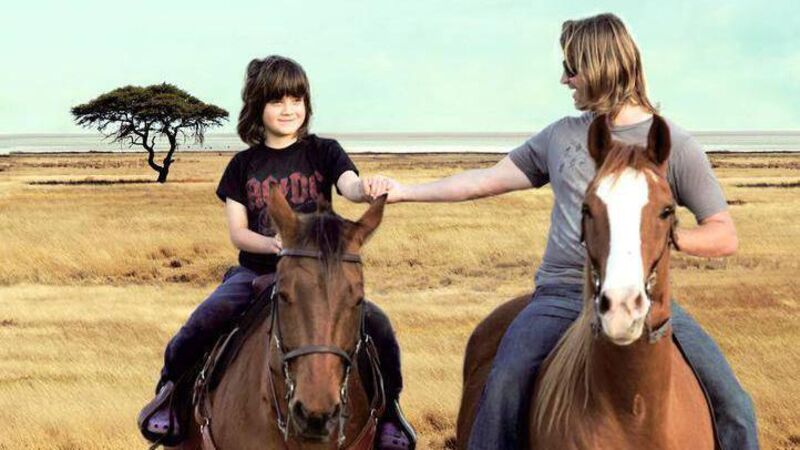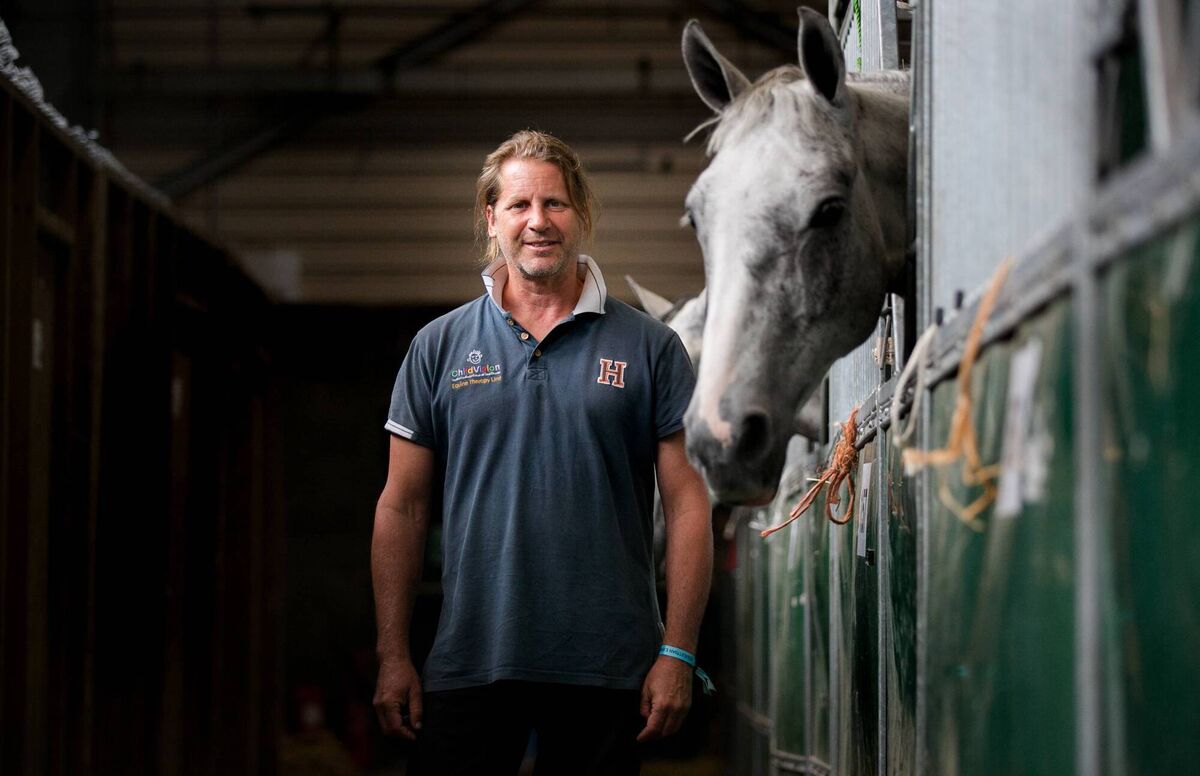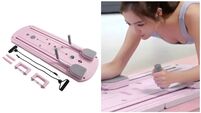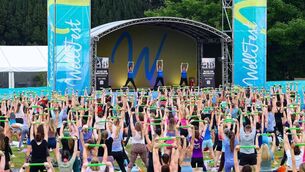The Horse Boy Method: Horseman on a mission

Rupert Isaacson and Son, Rowan
Rupert Isaacson’s life changed in many ways when his two-year-old son Rowan was diagnosed as autistic. The British-born horse trainer, who was living in Texas at the time, was devastated. His son was non-verbal, and he and Rowan’s mother Kristin were told that Rowan would never speak.
He never could have imagined that 18 years later Rowan, now aged 20, would be living independently. Nor did he think that the family would end up dedicating their lives to teaching the world about how horses can help autistic people.
“I was always a horseman and I noticed when I took Rowan into the saddle in front of me, he would speak, and this was after his speech therapists had given up on him. When the horse went into certain rhythms, Rowan would communicate more. I didn’t know why, I just kept doing it,” Rupert says.
“I taught him how to speak and then read and do maths right up there in the saddle. Then I got curious and wanted to see if horses could have the same effect on other kids. I started to run playdates at our farm for other kids on the spectrum and there was a universal effect. We just never failed. We had something that was replicable that we could teach other people to do, so I had to learn more.”
As a former journalist, Rupert was keen to know why certain movements were helping the children. He approached a number of neuroscientists, including experts from the University of California and Sorbonne University in Paris, and was given the same answer.
“I had accidentally stumbled into a way of shutting down the danger response in the brain,” he says. “If a horse is trained in the right way it can move in a dancing sort of a rhythm, kind of like dressage. That rhythm gently rocks the hips of the rider and that makes the body produce a happiness hormone called oxytocin.
“Oxytocin is the antidote to the stress hormone cortisol, which people who are on the autism spectrum usually have too much of.
“The problem with cortisol, that stress hormone, is that it shuts down learning. Its job is to make you act, not think, which is fine in a split second if a truck is coming at you but if it’s happening all the time, you can’t learn.
“One of the interesting things about autism is that it’s not actually an intellectual disability. The intellect is usually fine, it’s just behind a door that can’t be reached because of all that cortisol. Oxytocin calms down the nervous system and tells the amygdala - the part of the brain that makes the body react to danger - to stop producing cortisol, which makes the brain more available.”

In 2009, Rupert published a book on his family’s journey titled The Horse Boy, which was later transformed into a documentary. Four years later, he began working with autist Dr Temple Grandin and neuroscientist Dr Robert Naviaux to develop the Horse Boy Method and set up an international charity, the Horse Boy Foundation, to help those in need.
“The Horse Boy Method is a way of working with horses to address neuropsychiatric conditions such as autism, ADHD, anxiety, trauma; basically anything that’s to do with the nervous system and the brain,” says Rupert.
“The method targets anxiety and neutralises it and puts the brain in the optimal position for learning. It promotes what we call neuroplasticity, which is a scientific way of saying growing new brain cells.
“Balancing on a horse is a form of moving and problem-solving because you have to find your balance. When you move and problem solve, the brain produces a protein called BDNF, which promotes neuroplasticity.
“By putting kids on horses that are specially trained, you flood them with oxytocin and BDNF and new, more functional, brain cells grow through neuroplasticity.”

The Horse Boy method is now used in over 30 countries, including Ireland, and helps around 300,000 people a week, including German Army and US Air Force veterans. Many schools also employ the Movement Method, which emulates the Horse Boy Method without a horse.
“People are often surprised at how simple it is. Training the horse is the hardest bit but if you’re a horse professional, which many people are in Ireland, you can absolutely learn to do this,” Rupert says.
Irish horses are also particularly suited to the job. “Each of the three big Irish horse breeds is well known for their temperament. If you go around the world, you’ll often see Irish horses brought in to do this work. They’re intelligent, but they’re also kind. This means that you can train them very well into this rhythmic way of moving because they don’t overreact,” says Rupert, who is attending the Dublin Horse Show this week to give a demonstration and talk with ChildVision.
The dedicated centre for sight-loss children is currently working to build a National Equine Assisted Therapy Centre in Dublin. In Munster, the Horse Boy Equestrian Therapy Hub at Liskennett Farm in Charleville is already helping thousands of people.
“Liskennett, like ChildVision, is an amazing facility, one of the best in the world. They produce miraculous work,” says Rupert.
“The connection actually happened because of a Limerick woman named Shellie Murtagh, who came out to work with us as a student in our early days. She went home and put on a demo in about 2009 and David Doyle from the St Joseph’s Foundation went to see it. Three years later, they emailed me saying they had started Liskennett and asked if I wanted to visit and I was floored. What they’ve done is incredible.
“Shellie sadly passed away in 2013 [while in her early 20s] but she gifted Cork and Limerick with one of the best autism and mental health facilities in the world.”

Rupert visits Ireland regularly from his new base in Germany and is hoping to bring Rowan with him at some point soon.
“He just graduated high school and is off to college in a week. He wants to learn about finance. He owns his own house and his own car,” he says.
“There are times when I look at him and go, ‘wow, you were non-verbal and incontinent once’. That person is a memory now. He’s still autistic but he’s super functional. It’s like the two sides of him run in a harmonious parallel. His autism is no longer a challenge. It doesn’t result in suffering or meltdowns. It’s now sort of a charming quirkiness.”
Looking back on Rowan’s transformation is amazing, Rupert says, especially when he thinks back to how their lives looked all those years ago.
“Like anyone facing autism, I started this journey in a state of profound despair. Then I discovered the Horse Boy Method and when I did, I had this dilemma. I could keep quiet and just help my son or I could go out into the world with all of this.
“And I had to do that because what about all those people who were also in despair and had not stumbled into this science? I needed to do right by them and we’ve trained so many parents since. All you need is an open mind, a willingness to learn, and a sense of humour.”

Celebrating 25 years of health and wellbeing









